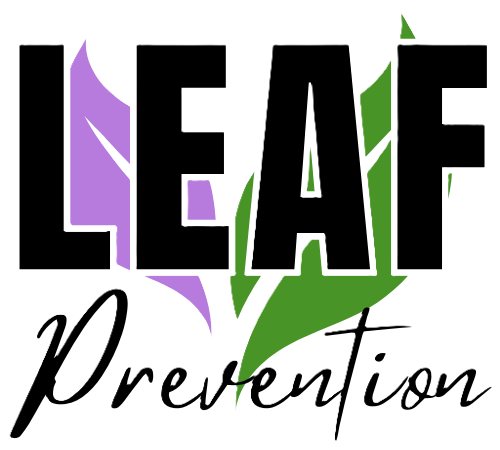

Blog Posts
School pressure, social media, and the coronavirus pandemic are just some of the factors feeding into the higher rates of anxiety, depression, and other mental health issues for young people. It’s no surprise then that young people might feel that alcohol, vaping, cannabis, and other drugs like fentanyl are a good idea to provide some relief. While understandable, this behavior can damage a developing brain and affect mental health. In the worst-case scenario, accidental drug overdose can kill. How can parents and guardians look out for the signs of substance use, work to prevent substance use, and respond appropriately?
Current Trends in Teen Substance Use
Positive news about young people and drug use is rare, but the 2023 survey by the National Institute on Drug Abuse (NIDA) found that substance use has declined since the coronavirus pandemic. While this is encouraging, many teens still report using substances in the past year. The most common were alcohol (45% of 12th graders and 31% of 10th graders), cannabis (29% of 12th graders and 18% of 10th graders), and vaping (23% of 12th graders and 18% of 10th graders).
Additionally, the rise in overdose-related deaths, driven mainly by the growing availability of fentanyl, remains concerning. In 1999, fentanyl accounted for about 5% of the 175 opioid-related deaths among people aged 19 and under. By 2021, fentanyl was responsible for 94% of the 1,657 opioid-related deaths in this age group, highlighting the urgent need for preventive measures and awareness. (Find out more about fentanyl here: https://leafinc.org/blog/all-about-fentanyl)
Protective and Risk Factors
There are no guarantees that you can protect your teen from substance use. Experimentation and risk-taking are part of the transition from childhood to adulthood. However, the CDC identifies that positive family role models, good engagement with school, and friends who don’t use substances will all support young people to make good decisions. Risk factors include mental or behavioral health conditions, a family history of substance use, trauma, and low self-esteem.
Signs of Substance Use
Of course, shifts in mood and personality are part of puberty and growing up. However, repeated problems can be a sign of substance misuse. Alarm bells should ring with continued withdrawal, secretiveness, prolonged absences, excessive requests for money, and endless excuses. You may notice the smell of smoke, poor hygiene, tiredness, or sickness.
Practical Steps for Parents/Caregivers
#BacktoSchoolSafety #BacktoSchool #Fall2024 #RaisingKids #ParentingCommunity #ParentingJourney #VapingAwareness #SoberSchoolYear #ParentingTweens #ParentingTeenagers
Sources
CDC (2024) “Youth Risk Behavior Survey Data Summary & Trends Report: 2013–2023.” https://www.cdc.gov/yrbs/dstr/index.html
Gaither JR. (2023) “National Trends in Pediatric Deaths From Fentanyl, 1999-2021.” JAMA Pediatr. 2023;177(7):733–735. https://pubmed.ncbi.nlm.nih.gov/37155161
NIDA (2023) “Reported Drug Use Among Adolescents Continued to Hold Below Pre-Pandemic Levels in 2023” https://nida.nih.gov/news-events/news-releases/2023/12/reported-drug-use-among-adolescents-continued-to-hold-below-pre-pandemic-levels-in-2023
Partnership to End Addiction (2024) “Signs of Drug Use in Teens.” https://drugfree.org/article/signs-of-drug-use-in-teens
SAMSHA (2020) “Keeping Youth Drug Free.” https://store.samhsa.gov/sites/default/files/sma17-3772.pdf
All sources accessed 09/11/2024